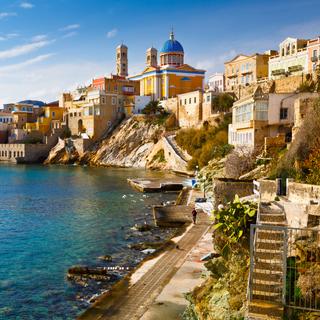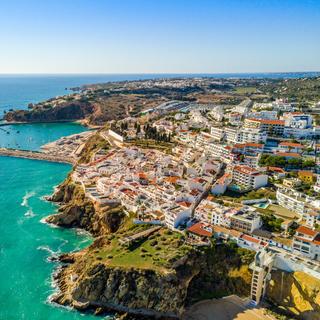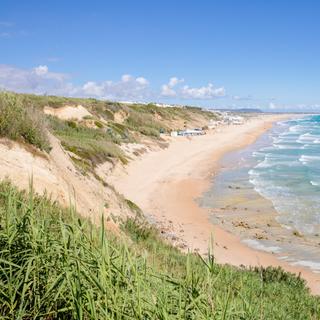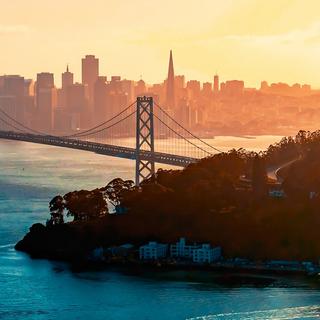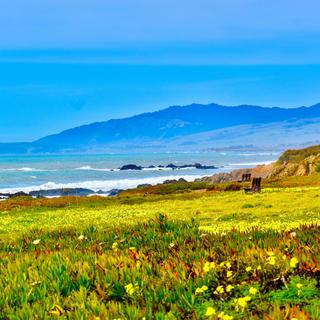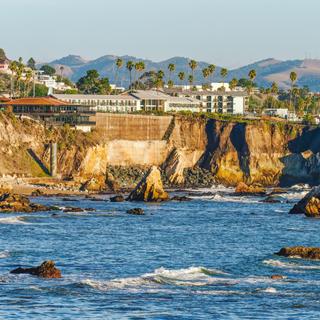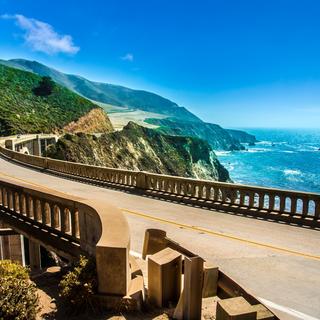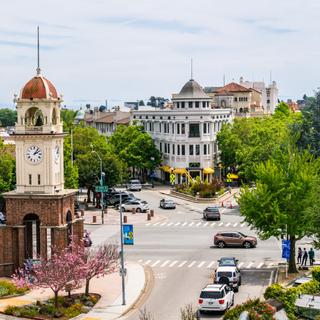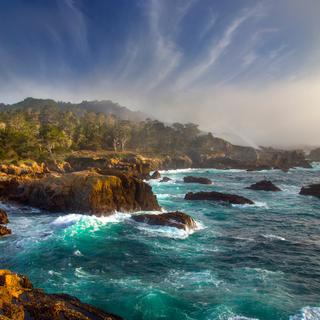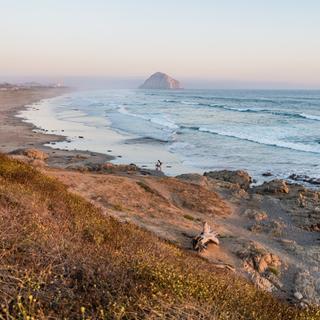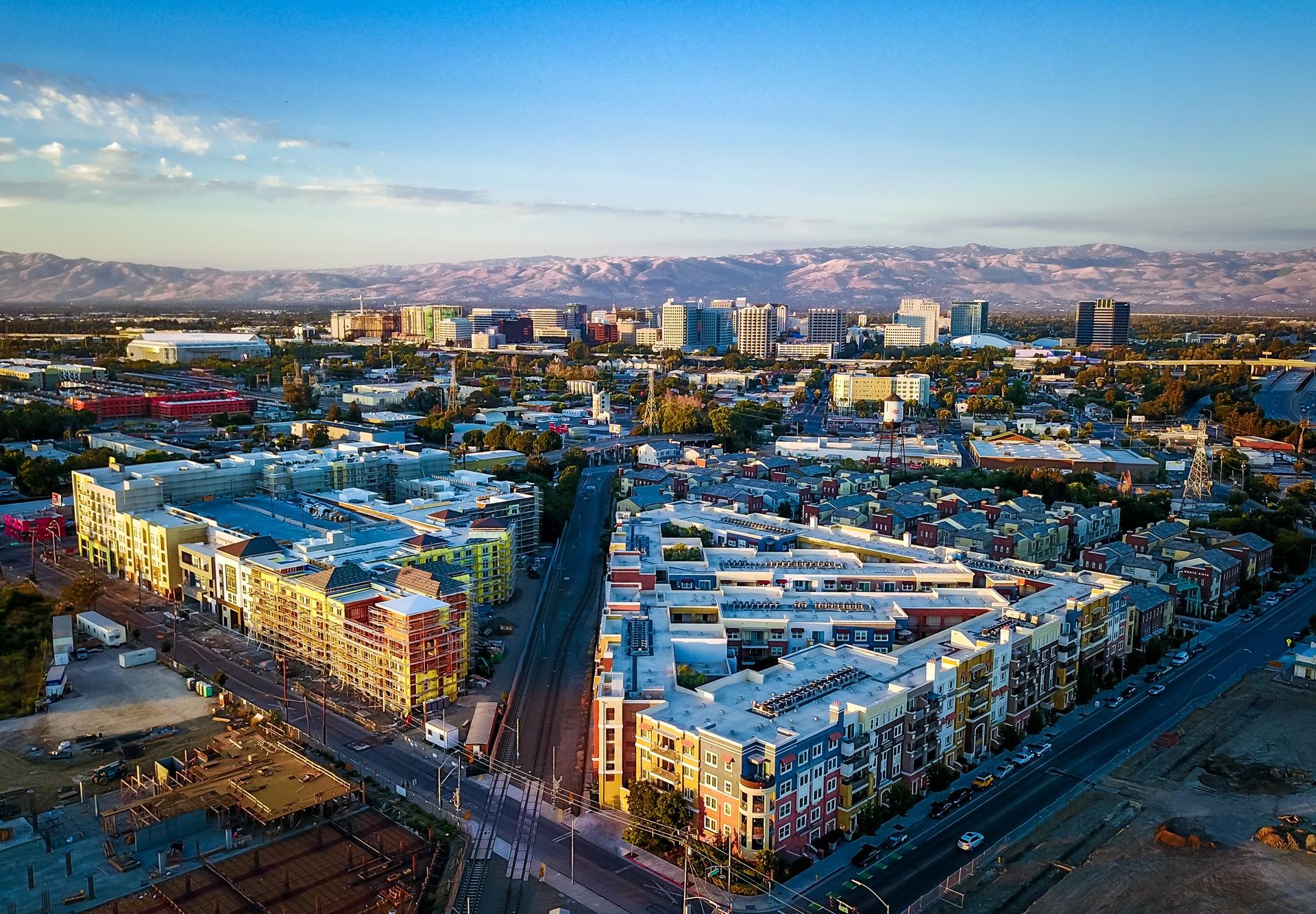
San Jose weather and climate in 2025

San Jose weather and climate in 2025
Day
15 °C
Night
5 °C
Sea
12 °C
Precipitation
90 mm
in month
Rainy days
9 days
in month
Daylight
10 hours
average
Sunshine
6 hours
average
Humidity
79 %
Weather charts for San Jose
Destinations nearby and activities
Destinations nearby
Activities in San Jose

Find more destinations like this
Destinations with similar weather to San Jose
Other destinations in California - West coast
Closest cities for San Jose
Last week's weather in San Jose
The week of 15 December 2025 - 21 December 2025 had an average daily temperature of 19 °C (66 °F) and a minimum (nighttime) temperature of 11 °C (52 °F). The current temperatures are slightly above the long-term average for San Jose, with the daily and nighttime temperatures being 16 °C (61 °F) and 6 °C (43 °F), respectively. On average, the temperatures during various times of day (in local time) were recorded as: 7am 11 °C (52 °F), 10am 14 °C (57 °F), 1pm 18 °C (64 °F), 4pm 17 °C (63 °F), 7pm 14 °C (57 °F), 10pm 13 °C (55 °F).
During this week: 5 days without rain, 1 day with light rain and 1 day with moderate rain were observed. The total precipitation for the week in San Jose was 4 mm (0.16 in), which is below the area's average of 20 mm (0.79 in). The daytime hours (from dawn to dusk) had an average cloud coverage of 73 %. The meteorological event(s) that occurred were: fog, mist and haze.
Average speed of wind was 2.7 m/s. The air pressure varied between 1015 hpa and 1024 hpa. The air in San Jose had an average humidity of 83 %.
On average, there were 1 hour clear skies, 2 hours partially overcast skies, 7.5 hours overcast skies and 1 hour rainy weather during the daytime (from dawn to dusk). At 07:16, on average, the sun rose, and at 16:52, the sun set.
Weather overview for San Jose
Weather overview
Situated in the United States of America, San Jose is characterized by its warm conditions throughout the year. The peak daytime temperatures fluctuate between 15 °C (60 °F) and 29 °C (85 °F), hitting their lowest in January and their highest in July. The nighttime temperatures are the most elevated in August, reaching up to 15 °C (58 °F), while in January they can plummet to a chilly 5 °C (42 °F). The dry season sees its least precipitation in July, with a scant 0 days of rainfall, whereas the rainiest period is encountered in February, which averages 10 days of rainfall.
January weather
January marks the point when San Jose experiences the highest volume of rainfall. During this month, the daytime temperature is at its lowest, clocking in at 15 °C (60 °F), and the nighttime temperature also reaches a minimum at 5 °C (42 °F). The duration of sunlight begins to increase, now averaging 6 hours.
February weather
Temperatures in February start to ascend in San Jose, with the daytime temperature averaging 17 °C (63 °F) and the nighttime temperature also on the rise. The most pronounced number of rainy days is noted in February with 10 days of rainfall, while the rainfall volume begins its gradual decrease this month. The hours of sunlight continue to expand, now totaling 7 hours.
March weather
March sees a continuation of the decreasing trend in rainfall, with totals reaching 70 mm (2.77 in). Daytime warmth continues to climb in San Jose, now at 19 °C (67 °F), paralleled by an uptick in nighttime temperatures to 8 °C (46 °F). The quantity of sunlit hours further increases, now standing at 9 hours.
April weather
As April arrives, temperatures during the day reach an agreeable 22 °C (71 °F), and the nighttime temperature also rises, now averaging 9 °C (48 °F). The frequency of rainy days begins its decline, totaling 6 days, and the quantity of rainfall drops to 39 mm (1.54 in). The number of sunny hours keeps on increasing, now at 10 hours.
May weather
The tourism season in San Jose starts to gain momentum, and with that, the onset of the dry season can be observed. Daytime temperatures continuously ascend, while the number of rainy days keeps its downward trajectory, now at 3 days. Rainfall continues its descent as well, down to 8 mm (0.33 in).
June weather
The pleasant days continue through June in San Jose, with daytime temperatures now hitting 27 °C (81 °F). The volume of rainfall keeps declining, and the maximum amount of sunny hours can be seen, with totals reaching 11 hours.
July weather
With the peak of the tourist season evident, July showcases San Jose's highest day temperatures averaging 29 °C (85 °F), in alignment with the increasing nighttime temperatures now at 15 °C (58 °F). The minimum number of rainy days is evident, with only 0 days, as well as the lowest rainfall volume at 0 mm (0.01 in).
August weather
August is notable for its peak nighttime temperatures in San Jose, marked at 15 °C (58 °F). This period almost coincides with the zenith of the tourist season and approaching the end of the dry season. The hours of sunny daylight slightly decrease from the previous month's high, now at 10 hours.
September weather
San Jose experiences a subtle downturn in day temperatures by September, now averaging 28 °C (83 °F), and a similar trend for nighttime temperatures. A small increase in the number of rainy days can be observed, with their count resting at 1 day.
October weather
Continuing the cooling trend, October sees day temperatures in San Jose moving to an average of 25 °C (76 °F), while the nighttime temperatures also show a decrease, now averaging 12 °C (53 °F). Towards the closing stages of the tourism season, the number of rainy days sees an uptick, with 3 days recorded, and an increase in rainfall reaching 25 mm (0.98 in).
November weather
In November, San Jose's daily temperatures continue to drop, and the nighttime temperatures follow suit, now at 8 °C (47 °F). Rainfall shows an upward trajectory compared to the previous month, recording 61 mm (2.41 in), with an increase in the number of rainy days seen at 7 days. The duration of sunlight also sees a decline, now averaging 6 hours.
December weather
December ushers in a continuation of the temperature downtrend in San Jose, with daytime highs settling at 16 °C (60 °F), while the nocturnal coolness becomes more pronounced, averaging 6 °C (42 °F). The amount of rainfall sees a rise, reaching 85 mm (3.35 in), and the highest levels of humidity are recorded this month, at 80 %. The amount of sunny hours reaches its yearly minimum in December.
FAQs
What is the typical nighttime temperature in San Jose in January?
In January, San Jose typically has an average nighttime temperature of 5 °C (42 °F), bringing cool nights that may require additional layers.
How many daylight hours does San Jose experience in February?
By February in San Jose, the number of daylight hours extends to approximately 11 hours.
Can we expect the winds to be strong in March in San Jose?
In March, San Jose generally has moderate winds, averaging 3 m/s.
How long is the day in San Jose in April?
Day length in San Jose in April extends to approximately 13 hours.
Does the humidity decrease in San Jose during May?
Yes, you can anticipate a decrease in humidity during May in San Jose, with an average of around 66 %.
Is there significant rainfall in San Jose during June?
Not at all, June in San Jose has minimal rainfall, averaging only 2 mm (0.10 in) throughout the entire month.
Is the sea warm enough for swimming in San Jose in July?
In July, the sea around San Jose is somewhat warm, registering an average of 14 °C (57 °F), adequate for swimming for most people without the need for a wetsuit.
What sort of wind speeds are common in San Jose during August?
In August, expect gentle breezes in San Jose, with wind speeds averaging 4 m/s.
Does the daylight span shorten in San Jose during September?
Yes, daylight hours begin to shorten in September, now totaling roughly 12 hours per day.
How does the relative humidity change in San Jose during October?
Relative humidity in San Jose shows a slight uptick during October, averaging 69 %.
What is the usual duration of sunny weather in San Jose during November?
Typically, San Jose experiences around 6 hours of sunny weather each day in November.
How does the sun hour average in San Jose alter in December?
December sees the shortest sun hour average in San Jose for the year, with approximately 5 hours of sunshine daily.
